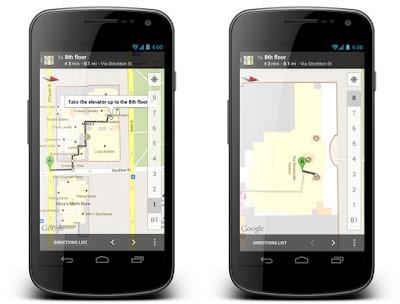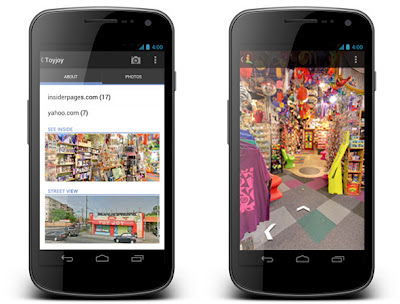Band of Bridges: Celebrating the Golden Gate Anniversary
May 31, 2012
Editor’s Note: Today’s guest author is Greg Moore, President of the Golden Gate National Parks Conservancy. Google is excited to help support this celebration of the Golden Gate Bridge.
On May 27th, the San Francisco Golden Gate Bridge celebrated its 75th anniversary. Our organization, the non-profit ...Read More
Editor’s Note: Today’s guest author is Greg Moore, President of the Golden Gate National Parks Conservancy. Google is excited to help support this celebration of the Golden Gate Bridge.
On May 27th, the San Francisco Golden Gate Bridge celebrated its 75th anniversary. Our organization, the non-profit Golden Gate National Parks Conservancy, is working with the Golden Gate Bridge, Highway and Transportation District; the National Park Service; the Presidio Trust; and the City of San Francisco to help commemorate this landmark event.
As president of the Golden Gate National Parks Conservancy, I have the privilege of enjoying the majestic architecture of the bridge and its landscape on a regular basis. This iconic Bridge stands at the center of the Golden Gate National Parks.
However, we’re pleased to announce that now the American spirit and beauty of the bridge will be available to everyone. Our new interactive website, Band of Bridges, brings the celebration of the Golden Gate Bridge’s 75th anniversary into everyone’s homes.
The website enables visitors to virtually connect bridges from around the world to the Golden Gate, making what we hope will be the longest bridge in history. Using the Google Maps API, users can navigate every corner of the Earth and search for bridges or enter a specific bridge they are already familiar with—maybe even one from their hometown. Each new bridge added will connect to preceding bridges, resulting in spans that stretch hundreds (or thousands) of digital miles.
With the U.S. Bureau of Transportation Statistics approximating 600,000 bridges in the United States alone, we hope to connect thousands of bridges and people from across the globe.
Just as the Golden Gate blends together its surrounding nature, culture and people, Band of Bridges, conceived by San Francisco advertising agency Goodby Silverstein & Partners and brought to life by the Google Maps team in Mountain View, is a culmination of the amazing creative and technological talent of the Bay Area in California.
The Golden Gate National Parks Conservancy would like to thank Goodby Silverstein & Partners and Google for bringing such vision, beauty and authenticity to our efforts.
Please join us in celebrating the Golden Gate Bridge’s 75th anniversary and be part of our Band of Bridges.






.png)

















 Follow
Follow